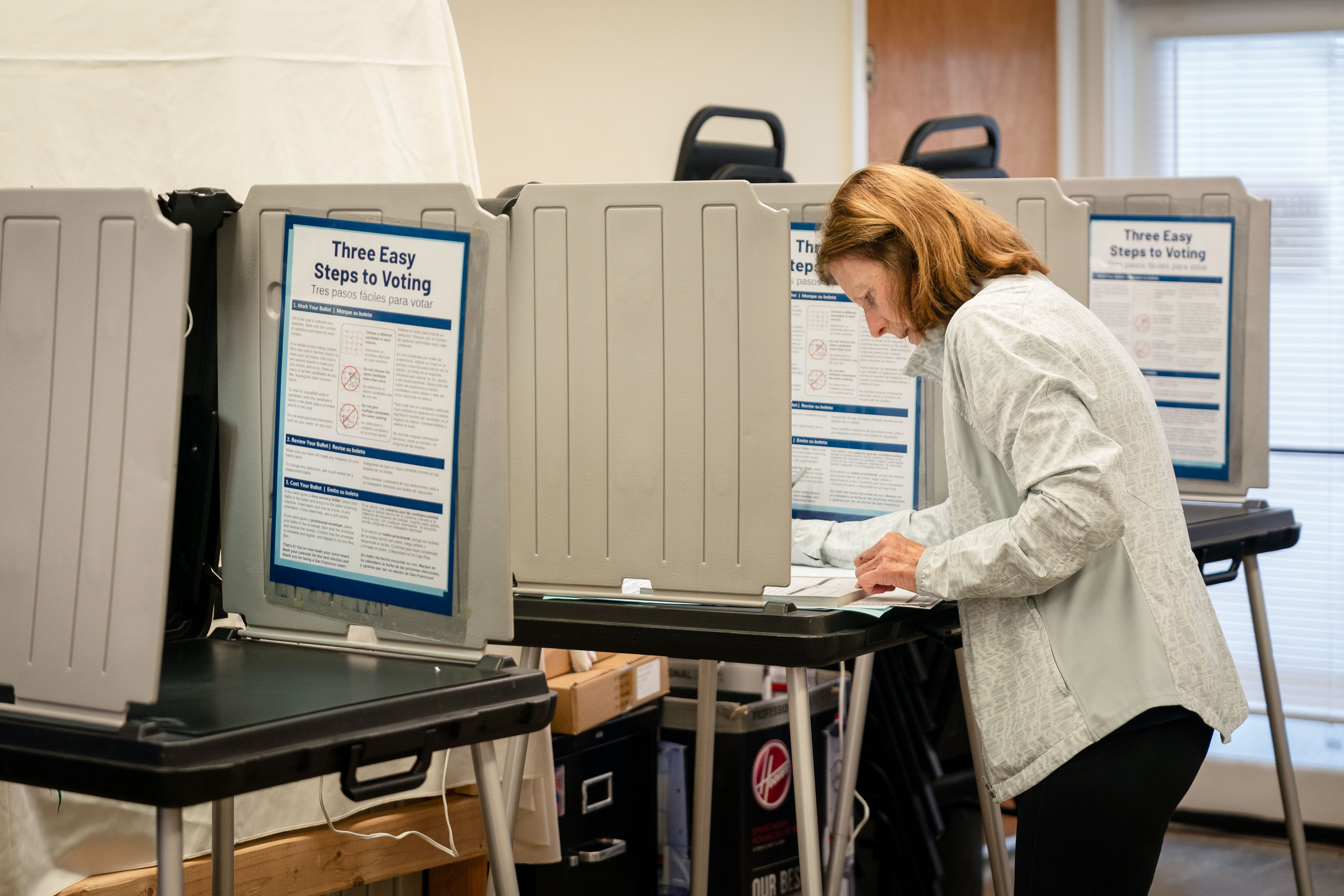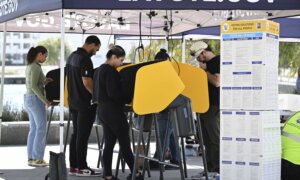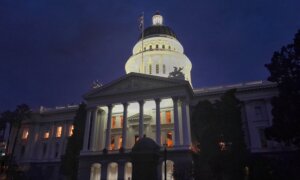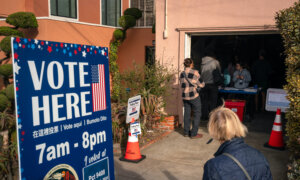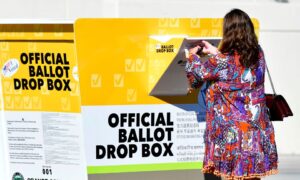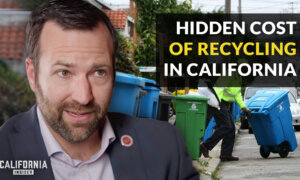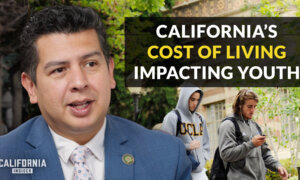California elections officials are following new and established state laws and vote tallying processes that some say are extending the time it takes to complete the job of certifying the election.
About 1.4 million ballots await counting in the Golden State out of more than 16 million cast as of Nov. 15, according to the California Secretary of State. Another approximately 135,000 need further review to consider challenges to signatures and other issues.
A spokesperson for the secretary’s office told The Epoch Times that managing elections is a “thorough process that takes time,” especially in a state with the most registered voters nationwide—about 22.6 million in California.
Secretary of State Shirley Weber discussed the vote count process at a virtual news conference on Nov. 14 and said “we respect every vote that comes in.”
“I think folks would like for us to rush and finish it, and we do the best we can,” Weber said.
California mails a ballot to every registered voter, and more than 80 percent of voters use that ballot to vote instead of voting in person. This requires verifying the signature on the envelope before the ballot is accepted, Weber said, which is one of the reasons why it takes more time.
Another is the state’s requirement that 1 percent of ballots be hand-counted to test the reliability of the vote-counting machines. Elections officials must report to Weber’s office the results of this count, identify any discrepancies, and describe how they were resolved.
As of publication, Alameda County has the most ballots to process statewide at 187,000. The counties of Sacramento and San Bernardino have the second and third most outstanding ballots—with about 174,000 and 124,000 remaining, respectively.
On the other end of the scale, only the smaller counties of Amador and Sierra have finished counting all ballots received.
One county north of the Bay Area has more than 16,000 ballots left to count, out of about 40,000 cast. The lead election official said counting and signature verification is underway.
“We go by election law as to the steps to certify our election,” Katrina Bartolomie, Mendocino County registrar of voters, told The Epoch Times by email on Nov. 14. “We are in full election mode.”
Other officials said Assembly Bill 3184 could be adding to the processing time. Authored by Assemblyman Marc Berman, the legislation took effect immediately after it was signed into law in September and requires counties to verify and “cure” signatures before certifying elections.
This means that when county officials find a problem with a ballot, they will attempt to contact the voter and provide an opportunity to fix the problem.
The law allows officials to resolve signature verification issues up to 26 days after an election and prohibits certification until 28 days after election day.
“While this may cause some county elections officials to certify their results later than they have in the past, it does ensure all voters have the same amount of time to cure a [vote-by-mail] ballot envelope signature-related issue,” consultants with the state Senate wrote in an analysis of the bill before it was approved.

A voter places her ballot into a voting ballot drop box at the Los Angeles County Registrar-Recorder/County Clerk in Norwalk, Calif., on Oct. 7, 2024. (Sophie Li/The Epoch Times)
The bill author said establishing a uniform date for election certification across counties reduces confusion and helps voters meet submission deadlines.
“I realize that in today’s society there’s an expectation of immediate gratification, but I think voter access, election security, and count accuracy should be the primary goal of our election system,” Berman told The Epoch Times by email Nov. 14.
“I know that waiting for results can be frustrating for voters, just as it is for candidates, and I am interested in pursuing ways to speed up the count. However, while safeguards such as the signature verification process in particular can be time consuming, it is a necessary part of the process to make sure that our elections are secure and that every properly cast vote is counted.”
Unless extended by the state legislature, the law is set to expire in January 2025. Berman did not explain why the law targeted the 2024 general election.
Assembly Bill 37, also introduced by Berman and passed in 2021, expanded and codified mail-in ballot procedures enacted in 2020 during the height of the pandemic.
The law required county elections officials to mail a ballot to all registered voters, extended the deadline to receive ballots to one week after the election, and made permanent a ballot tracking system established by the legislature in 2018, among other requirements.
“I believe that our job is to make it as easy as possible for voters to participate in their democracy,“ Berman said. ”[AB 37] gives voters the flexibility to fill it out and return their ballot when it is most convenient for them, while also providing them the opportunity to vote in person if they want to.”
Supporters, including the California Association of Nonprofits—representing thousands of organizations—said in legislative analyses published at the time that the bill would make voting more accessible and “help ensure a more representative democracy by increasing access to voting in California.”
Critics of the vote-by-mail law said the state’s registration database, known as VoteCal, needs updating to secure the election.
“Until VoteCal can be shown to be considerably more reliable, the mailing of ballots with disregard to verifying the eligibility, residence or even existence of the registrants is reckless in the extreme,” the Election Integrity Project California wrote in legislative analyses. “The legitimacy of all electoral results and the faith and confidence of California’s voters demand much more caution.”
Delaying the deadline to receive mailed ballots up to seven days after the election is also potentially problematic, according to the group.
“This extension offers far too much leeway for would-be bad actors to simply falsify a voted-by date, which is the go-to verifier should there be no readable postmark,” the integrity project wrote. “Introducing an additional 4 days for ’timely arrival' is a gift to would-be bad actors and a threat to election integrity.”
County officials can begin certifying vote totals starting Dec. 3 and have two days to submit data to respective boards of supervisors. Results must be filed with the secretary of state by Dec. 6.
Weber’s office has until Dec. 7 to certify the presidential election and until Dec. 13 to finalize certifications for all other election results.
Official results are also delayed in Oregon, Texas, and New York, with deadlines ranging from Dec. 8–12, according to state laws documented by the U.S. Election Assistance Commission—a bipartisan four-member commission established in 2002 and tasked with providing election information.
Nationwide, Delaware certified election results the quickest this year on Nov. 7.
